Wheels Down. Charles Lindbergh’s “Spirit of St. Louis” Has Landed
The historic aircraft—first to fly nonstop from New York to Paris—is lowered to the ground inside the Air and Space Museum
In 1928, Charles Lindbergh bestowed his iconic aircraft, the Spirit of St. Louis, to the Smithsonian, following his groundbreaking transatlantic flight from New York to Paris, and his worldwide celebrity touring. Since then, it’s been suspended for decades at a time, first at the Arts and Industries Building on the National Mall and then the lofty ceiling of the National Air and Space Museum—until now.
As part of a conservation project, the historic plane has been lowered to the ground for the first time in 22 years, enabling viewers to check it out at eye level and get a better understanding of what Lindbergh’s experience in the plane was like. It will stay in this position for the next eight months, as touchups are made to cracks in the exterior fabric and any other areas of damage.
Much like Lindbergh, who was previously an Air Mail pilot, the Spirit came from a relatively humble background. It was a simple Ryan Airlines plane with a gas tank in the front that actually obscured the view. Lindbergh had to turn the plane and look out a side window, or use a periscope, in order to get a glimpse of the skies ahead.
The basic plane was modified from the standard Ryan M-2 model in order to equip it for the lengthy 3600 mile-plus trip: the team extended the wingspan ten feet and moved the engine up to improve balance, with a major focus on fuel storage.
All told, the Spirit flew for 489 hours, 33½ of which were spent on the landmark trip from New York to Paris, a journey the 6-foot-3 Lindbergh experienced crammed in its tiny cockpit, nibbling on sandwiches, and navigating by the stars. In 1919, hotel owner Raymond Orteig had offered a $25,000 prize to anyone who could make the flight. Prior to Lindbergh, six aviators had already perished making the attempt.
The test flight Lindbergh made right before his big trip was from San Diego to New York, with a pit stop in St. Louis, his hometown and namesake for the plane. Following his landing in Paris, over 100,000 people welcomed him at Le Bourget field, many of whom had been waiting nearly six or seven hours. His response? “Well, I made it.”
When he donated Spirit, the outside of the plane was decorated with paintings of flags from the first two countries Lindbergh set foot in, as well as many others including Colombia, Venezuela and Cuba, countries he had visited on his triumphant tour.
Despite its ground-floor status, one key aspect remains the same for the purposes of preservation: patrons can get closer, but they still can’t touch the historic plane.
/https://tf-cmsv2-smithsonianmag-media.s3.amazonaws.com/accounts/headshot/profile.jpg)
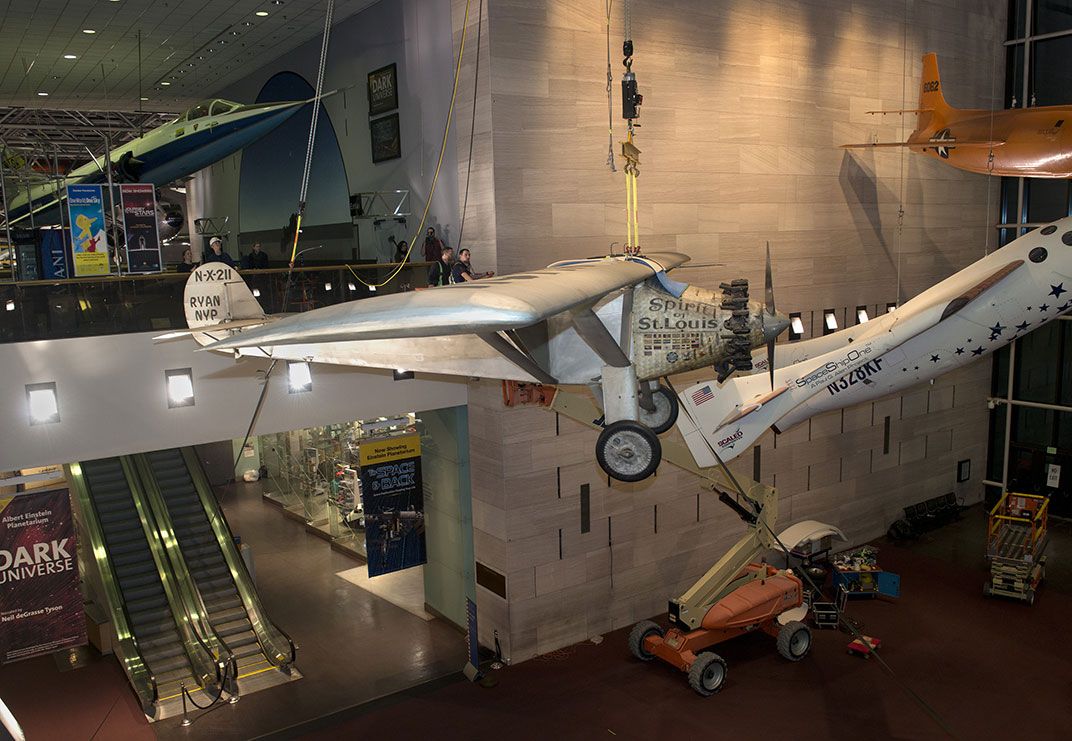
/https://tf-cmsv2-smithsonianmag-media.s3.amazonaws.com/filer/ef/b3/efb3c875-71e1-4c03-816c-ee332a174af5/nasm2015-00215web.jpg)

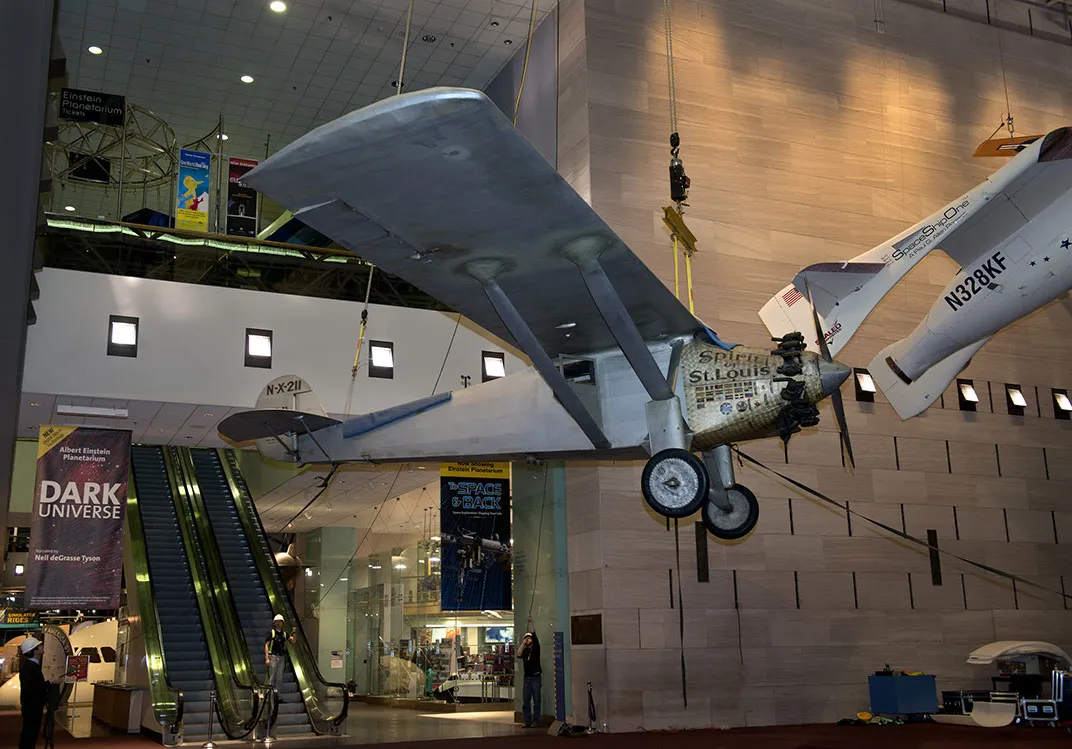
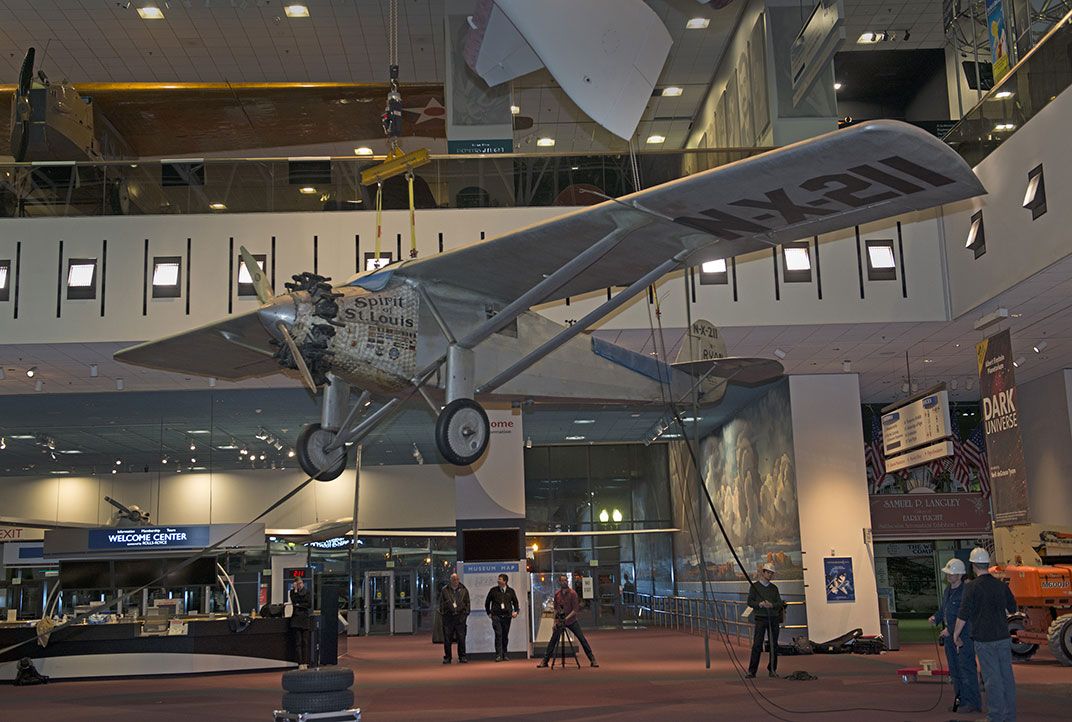
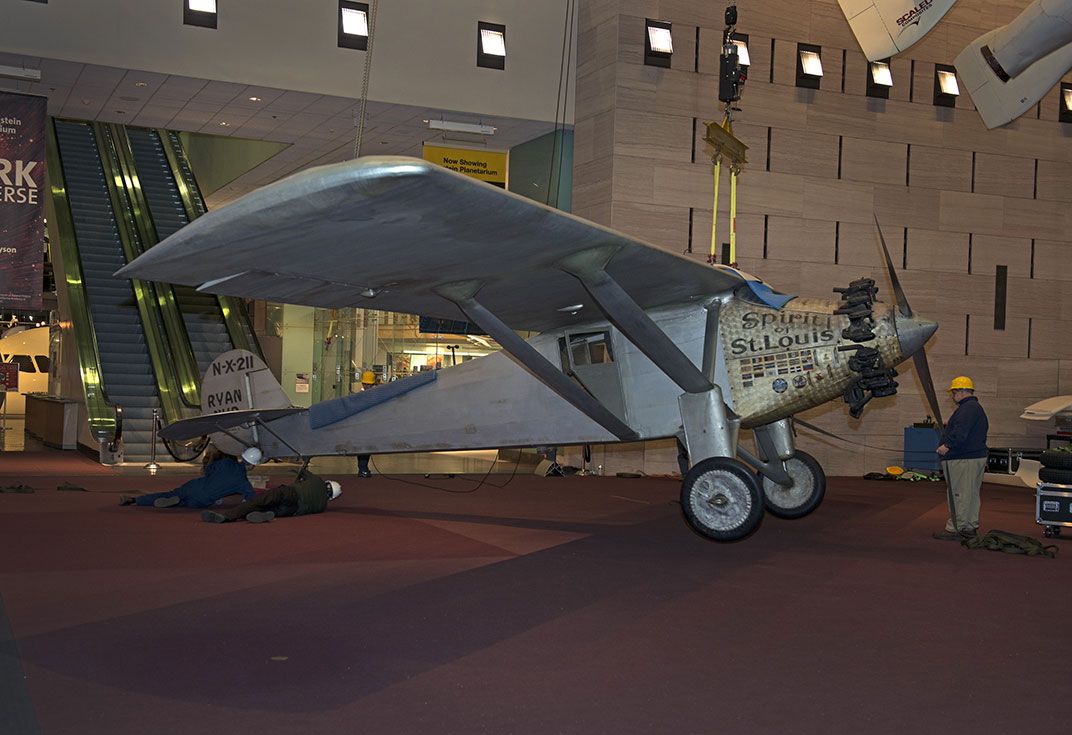
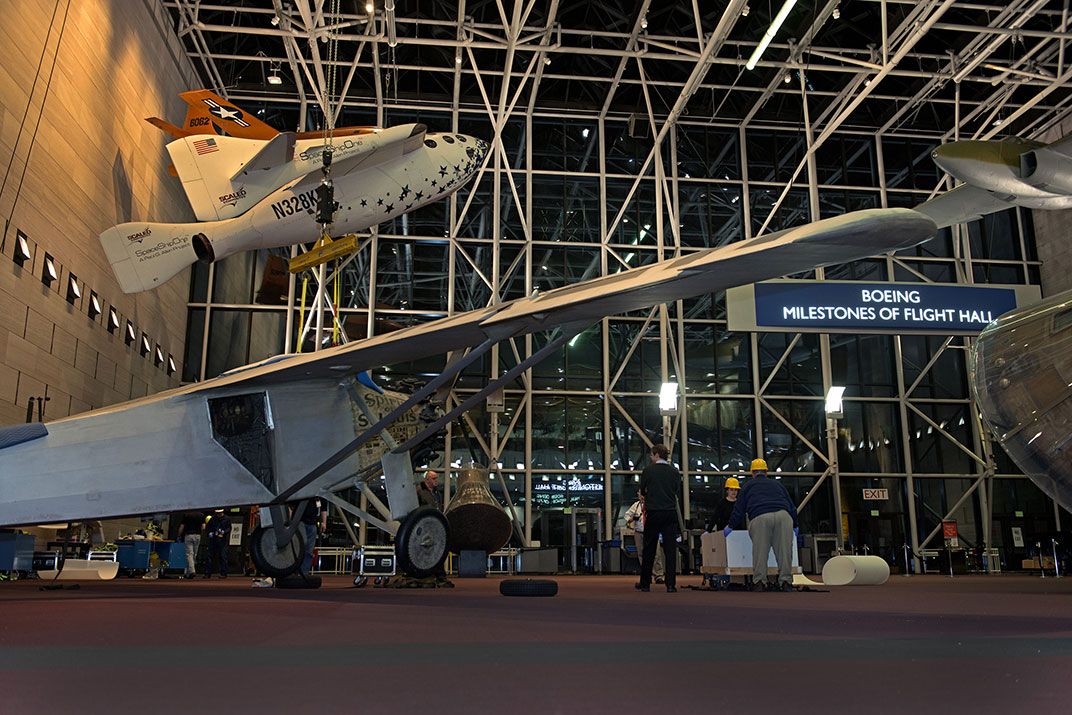
/https://tf-cmsv2-smithsonianmag-media.s3.amazonaws.com/accounts/headshot/profile.jpg)